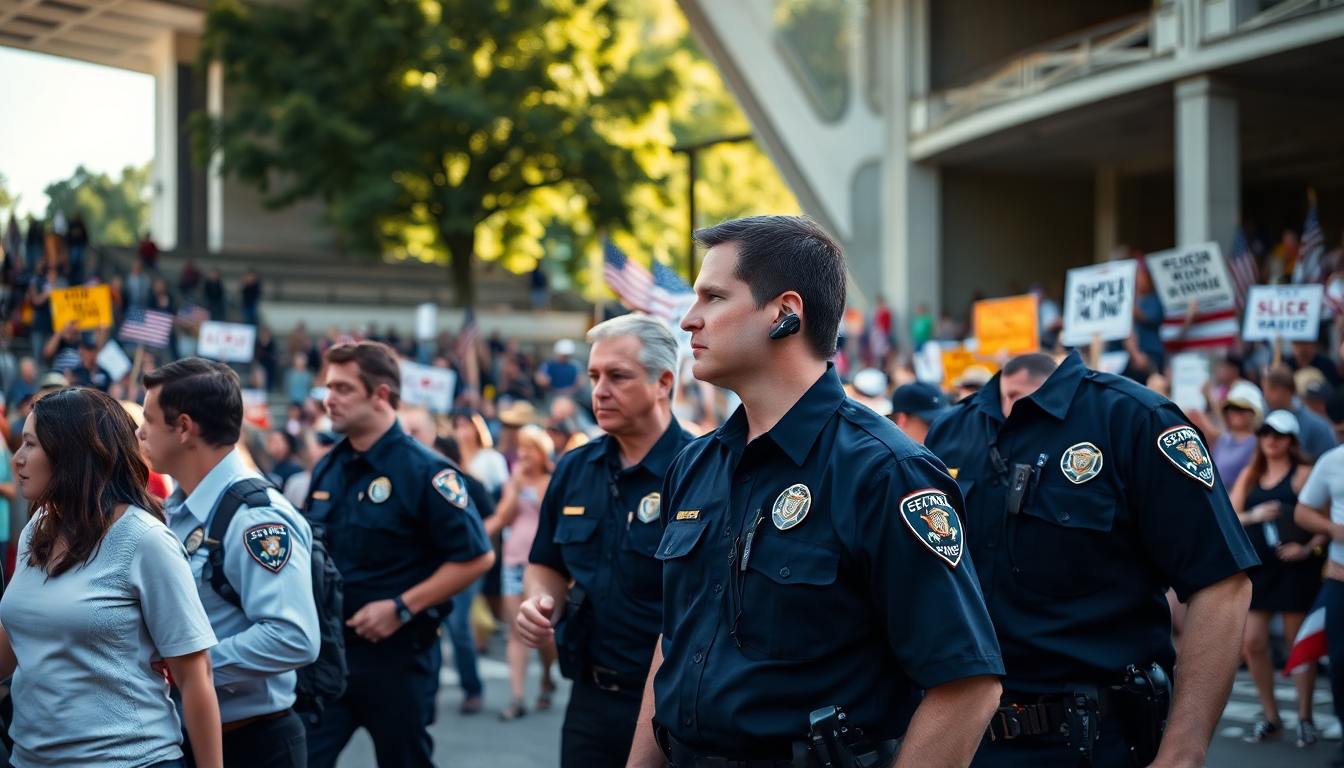Table of Contents
In the high-stakes arena of presidential campaigns, security isn’t just important—it’s everything. Recent events involving former President Donald Trump have thrown a glaring spotlight on the vulnerabilities within the Secret Service, especially during rallies where the safety of both the candidate and attendees was put at risk. With these alarming incidents, it’s clear that we need to take a closer look at what went wrong and the steps being taken to fix these issues.
A Closer Look at Recent Incidents
Take July 2024, for instance. During a rally in Butler, Pennsylvania, the Secret Service found itself in a terrifying situation when a gunman named Thomas Crooks opened fire. The tragic outcome claimed the life of firefighter Corey Comperatore and left others injured, with even a bullet grazing Trump’s ear. Such incidents highlight just how crucial effective security measures are. In the aftermath, six agents were suspended without pay—an important move showing the agency’s commitment to accountability. Matt Quinn, the deputy director of the Secret Service, emphasized that the focus is on tackling the root causes of these failures rather than jumping straight to firing anyone.
The consequences of the Butler rally were swift and significant. Quinn confirmed that the agents involved faced disciplinary actions ranging from 10 to 42 days of unpaid leave. This decision followed federally mandated procedures, allowing the agency to maintain some order while addressing the serious shortcomings that led to such a shocking event.
Breaking Down Security Measures and Failures
The operational failures of the Secret Service at the Butler rally have drawn heavy criticism, leading many to call for serious improvements. Quinn didn’t hold back when he stated, “Butler was an operational failure, and we are focused today on ensuring that it never happens again.” In response, the agency has rolled out new technologies, including military-grade drones and enhanced mobile command posts, all aimed at improving communication with local law enforcement and ramping up overall security coordination.
But it doesn’t stop there. A bipartisan House task force published a report claiming that the attack was preventable. This document pointed fingers at existing leadership and training gaps within the Secret Service, revealing that a lack of proper planning and coordination with local law enforcement was a major factor in the security breach. These insights are crucial for figuring out how to strengthen future events and keep public figures safe.
What This Means for Future Campaigns
The fallout from these security breaches goes beyond just accountability measures. The incidents at Trump rallies have ignited broader conversations about the effectiveness of the Secret Service and the overall safety of presidential candidates. As the agency navigates these challenges, it must rethink its strategies and roll out comprehensive training programs that cover both preventative measures and crisis response protocols.
Moreover, the public’s perception of safety during political events is on the line. Voters need to feel secure when attending rallies and interacting with candidates. Restoring confidence in their protective measures will be essential for the Secret Service as the 2024 campaign heats up. Their ability to learn from past mistakes and adapt to new threats is crucial for preserving the integrity of the electoral process.
Conclusion and What Lies Ahead
As the world of political campaigning evolves, the lessons learned from the Butler incident and subsequent security failures will significantly influence future protocols. Ensuring the safety of candidates and the public requires not just immediate fixes but also a long-term strategy focused on accountability, training, and technological advancements.
In a landscape where security threats are ever-present, the Secret Service’s capability to adapt and improve will ultimately dictate the safety and success of future presidential campaigns. Are they ready to rise to the challenge?


